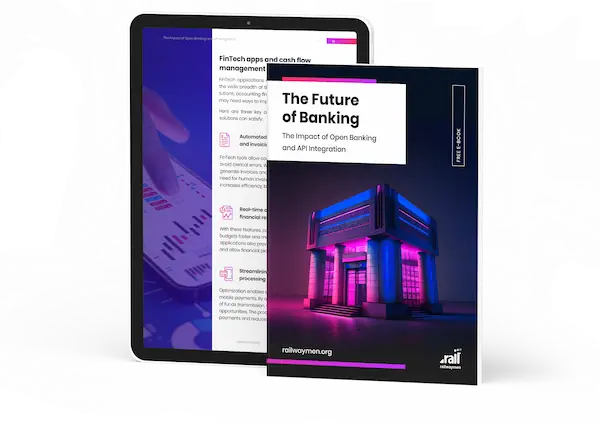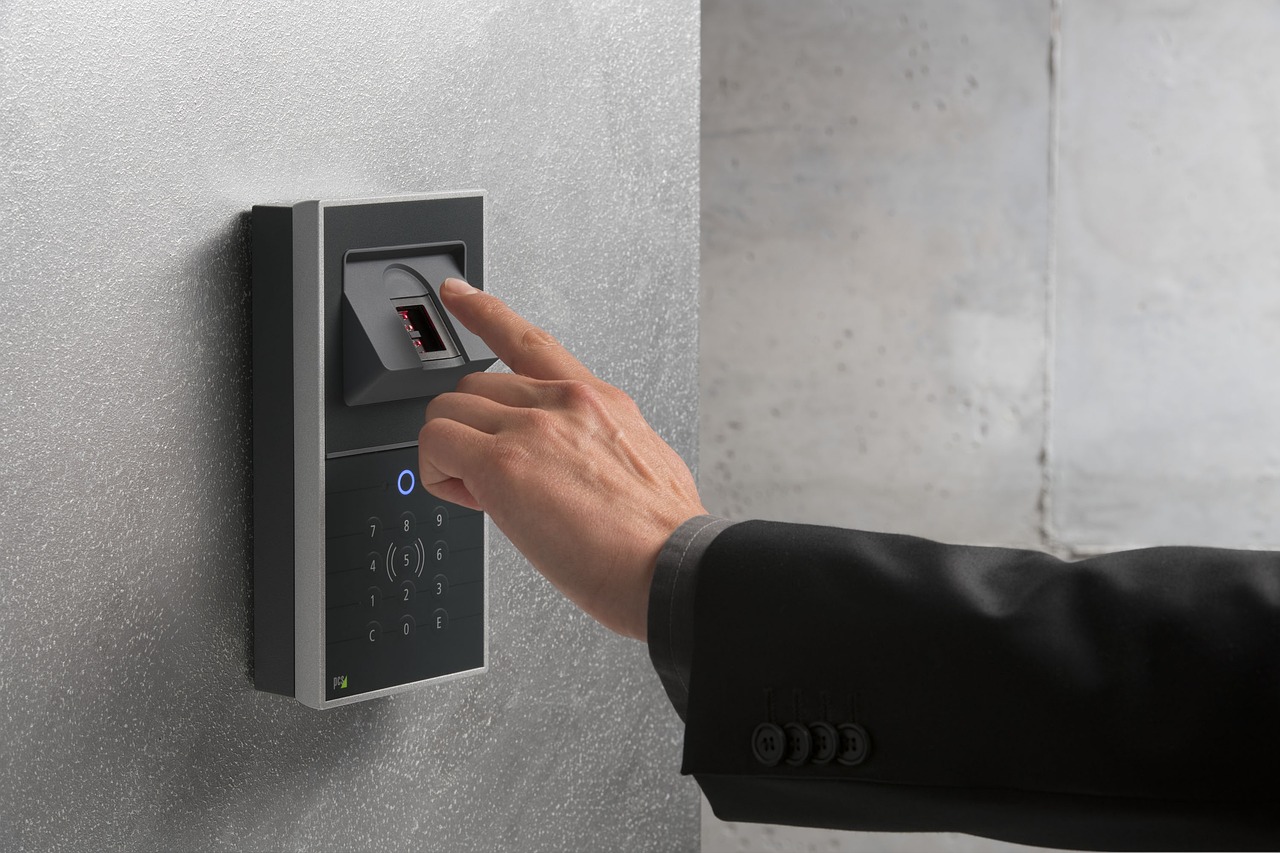The world has seen a boom in the popularity of the financial services industry recently. FinTech companies have transformed the way we manage our money, from mobile banking to online payments. However, as more financial transactions move online, the issue of security becomes more pressing. Authentication is a critical part of internet security in finance.
In this article, we will discuss the role of authentication in FinTech, its common methods, and challenges and best practices in the industry. We will delve into why companies need to prioritize authentication to keep their products and services secure and protected from cyber threats.
Table of Contents:
1. Overview of FinTech and its importance.
2. The role of authentication in FinTech Security.
3. Common authentication methods.
4. Authentication challenges in FinTech.
5. Best practices for FinTech authentication.
6. Tool that supports Authentication in FinTech - Credas
7. How Railwaymen is dealing with authentication problems in FinTech apps?
8. Conclusion.
Overview of FinTech and its importance
FinTech, or financial technology, is the use of technology to provide financial services and products. It encompasses a wide range of financial services, including banking, loans, investments, insurance, and payments. FinTech has become a crucial component of the financial industry, and its significance is growing.
One of the primary benefits of FinTech is its capacity to enhance financial inclusion by providing financial services to people who have traditionally been underserved or excluded from the traditional banking system. FinTech also provides greater convenience, faster service, and lower costs than traditional financial services. Digital payments, for example, are both faster and less expensive than traditional payment methods such as checks and bank transfers.
By bringing innovative products and services such as peer-to-peer lending, mobile banking, robo-advisors, and cryptocurrencies, fintech has transformed the financial industry. To remain competitive, established financial institutions have been compelled to adapt and innovate.
However, because FinTech deals with personal and financial data and transactions, security is critical. Financial technology organizations must assure the security of their products and services, as well as the protection of their clients' data from cyberattacks. This is where authentication, as a critical component of FinTech security, comes into play.

The role of authentication in FinTech Security
Authentication is crucial in FinTech security solutions because it allows users' identities to be verified before providing access to sensitive financial information or transactions. Authentication refers to the process of authenticating that a user is who they claim to be.
It primarily aids in the prevention of unauthorized access to sensitive financial data and transactions because a hacker who gains access to a user's financial account can steal funds, compromise the user's identity, or engage in other criminal acts.
Authentication can assist avoid these types of attacks by validating users' identities.
It is also important in general compliance with security standards. FinTech companies have to use strong authentication procedures to secure sensitive data under regulations such as the Payment Card Industry Data Security Standard (PCI DSS) and the General Data Protection Regulation (GDPR).
Common Authentication Methods
#Password
Passwords are the most widely used authentication method in the fintech industry. To access a user's bank account, they must generate a unique word or phrase. A password is a form of credentials that allows a user to access a system or application by verifying their identity.
Passwords play an important role in the authentication process and are widely used to protect sensitive information and resources. However, they can be vulnerable to various cyberattacks, so to increase security, it is recommended to use strong, complex passwords and change them regularly.
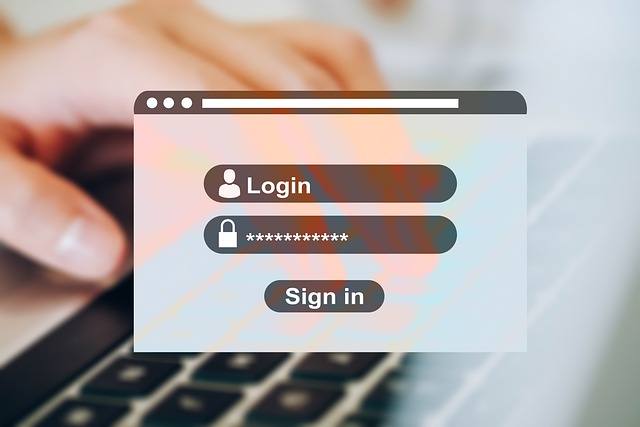
#Multi-factor authentication (MFA)
MFA is a security technique that requires users to give two or more kinds of identification in order to validate their identity. This offers an additional degree of security above and beyond a password, making it more difficult for unauthorized individuals to access sensitive information or resources.
#Biometric authentication
Biometric authentication is a security procedure that verifies an individual's identity by using their unique biological traits. Fingerprints, facial recognition, iris scans, voice recognition, and even gait analysis are examples of physical and behavioral qualities that can be used.
Biometric features are difficult to forge or copy, making it far more difficult for unauthorized users to acquire access. They are also far more user-friendly because they do not require the user to remember or enter a password.
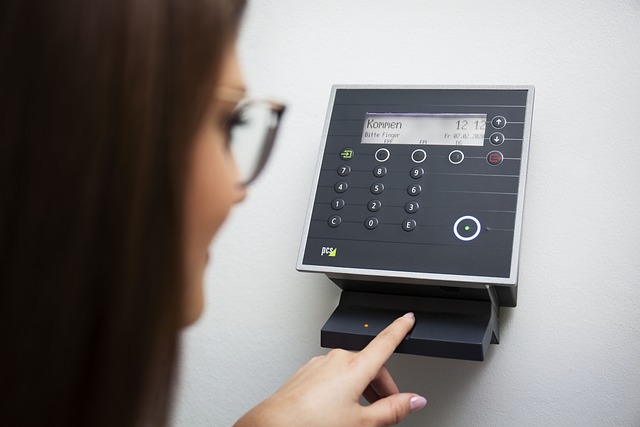
#Token-based authentication
Token-based authentication is a type of security that employs a token, which is often a long string of characters, to authenticate a user and provide access to a system or application. This token is created by the server, usually when the user enters their login credentials, and is then returned to the client to be used for future requests.
Authentication Challenges in FinTech
Because of the sensitive nature of financial transactions and the possibility of fraud, the FinTech business faces various authentication issues. Among the FinTech authentication challenges are:
#Strong Authentication
To protect against unwanted access and fraud, the financial industry demands rigorous authentication. Password-based authentication is no longer sufficient, and most financial transactions require multifactor authentication or biometric authentication.
#User Experience
While strong authentication is essential, it is also critical to strike a balance between security and user experience. Too many authentication steps or sophisticated authentication methods might cause user irritation and transaction abandonment.
#Mobile Safety
The growing use of mobile devices for financial transactions raises new authentication issues. Mobile devices can be lost or stolen, and mobile apps can be hacked. As a result, mobile authentication must be built with security in mind.
#Compliance with Regulations
A number of authentication and data privacy requirements apply to financial institutions. Compliance with these laws can be difficult, and it takes continual work to ensure that authentication processes are current and effective.

#Detection of Fraud
Real-time detection and prevention of fraud is required for financial institutions. This necessitates the use of modern fraud detection technologies and procedures capable of analyzing enormous amounts of data rapidly and reliably.
Best practices for FinTech Authentication
Authentication is a critical component of FinTech security, and best practices for authentication can help keep users' financial information secure. Here are some best practices for FinTech authentication:
-
Require users to use multifactor authentication, to limit the danger of unwanted access,
-
Check for evidence of unwanted access, such as multiple failed login attempts or logins from strange places.
-
Limit the amount of login attempts, to prevent brute-force assaults that users can make in a given time window.
-
Implement regulations requiring regular password changes and utilize secure password practices to encourage users to adopt strong, unique passwords.
-
Educate users about the dangers of social engineering assaults and how to spot them. Teach users how to utilize secure authentication procedures and receive notifications when emails, messages, or phone calls are suspect.
-
Implement risk-based authentication to assess the level of risk associated with each login attempt and alter authentication requirements as needed. If a user signs in from a trustworthy device or network, for example, fewer authentication elements may be required.
-
Encrypt user data while it is in transit and at rest.
-
Conduct security audit, review and update your authentication policies regularly to ensure they are in line with the most recent security practices and technologies.
FinTech firms may assist guarantee that their authentication processes are strong, safe, and successful at protecting consumers' financial information by applying these best practices.

Tool that supports Authentication in FinTech - Credas
Credas is a digital identity verification platform that employs cutting-edge technology such as biometric authentication and artificial intelligence to securely and effectively verify individuals' identities while protecting their privacy and security.
The platform is intended to assist businesses and organizations in streamlining their onboarding procedures, improving compliance, and preventing fraud.
Credas provides a variety of solutions, including as document verification, facial recognition, and identity scanning, all of which may be adjusted to the specific requirements of various industries and use cases.
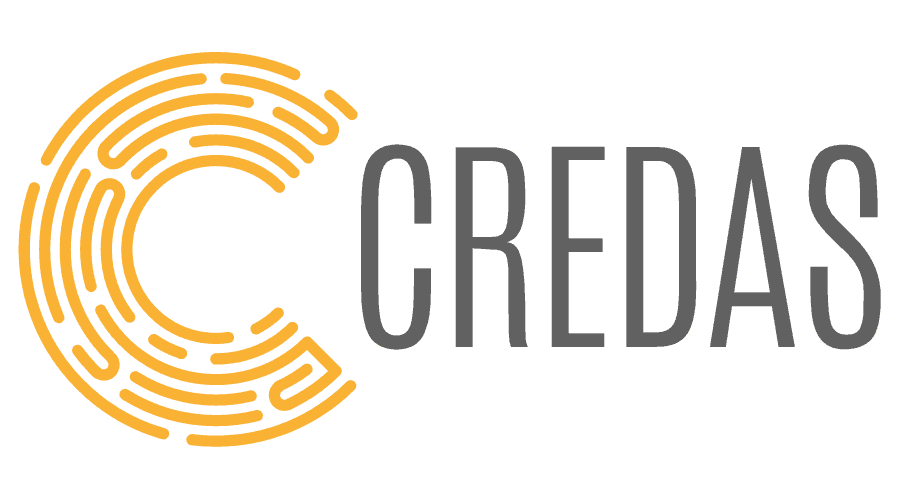 Source: https://getlogo.net/credas-uk-logo-vector-svg/
Source: https://getlogo.net/credas-uk-logo-vector-svg/
Benefits of implementing Credas to your business
Credas provides various advantages to businesses and organizations that need to confirm the identity of their consumers or staff. Some of the primary advantages of adopting Credas are as follows:
-
Increased security - the platform verifies individuals' identities using advanced technologies such as biometric authentication and artificial intelligence, making it more difficult for fraudsters to impersonate others and identity theft.
-
Faster verification -provides real-time verification, allowing businesses to swiftly and easily verify the identity of their consumers or workers, minimizing the time it takes to onboard new customers or hire new staff.
-
Improved compliance -it helps businesses in meeting regulatory obligations and preventing fraud by confirming persons' identities and guaranteeing that they are who they claim to be.
-
Customizable solutions - Credas provides a variety of solutions, including document verification, facial recognition, and ID scanning, that may be tailored to the specific requirements of various industries and use cases.
-
Enhanced customer experience - the platform offers a user-friendly and intuitive experience for customers, decreasing the friction of the verification process and increasing customer satisfaction.
In general, the Credas platform provides enterprises with a secure, quick, and customizable way to verify the identity of their customers or workers, assisting them in preventing fraud, complying with legal requirements, and improving the customer experience.
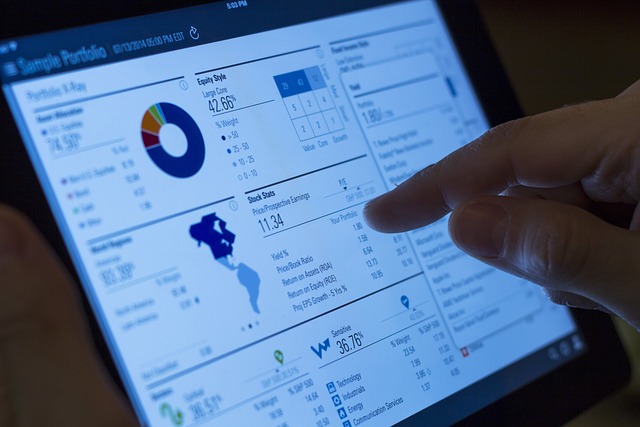
Is Credas safe? Security Challenges
Credas is compliant with a range of regulations and standards, including General Data Protection Regulation (GDPR) as well as with Information Security Management (ISO/IEC 27001). These certifications confirm that Credas takes data privacy and security seriously and has put in place strong safeguards to secure its customers' data.
In addition to compliance with the above regulations, Credas also uses a number of other security measures to prevent unauthorized access, including two-factor authentication, encryption, and regular security audits. The company also has a team of security professionals who monitors the platform for potential attacks and vulnerabilities and takes precautions to prevent any dangers.
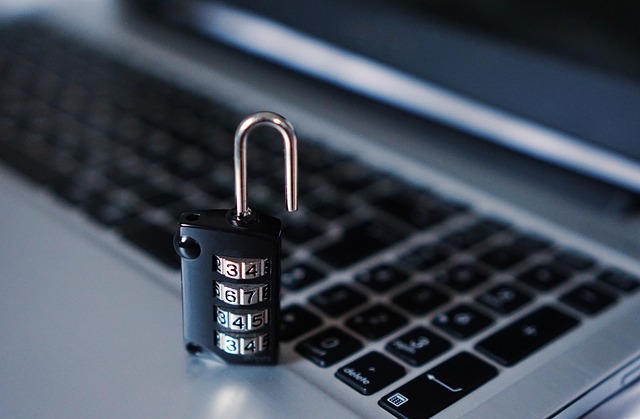
How to implement Credas?
Credas is a platform for digital identity verification that offers a variety of solutions to enterprises, particularly those in the financial sector.
Integrating Credas into your banking app will help you streamline your identity verification processes while also improving security.
Below, we shared some basic steps in the implementation of Credas:
-
Step 1 - The first step is to sign up for Credas and set up an account. In this step, you must provide basic business information and create a payment plan.
-
Step 2 - Credas provides an API through which you may integrate its services into your financial application. It gives you access to Credas' identity verification capabilities and effortlessly integrates them into your app.
-
Step 3 - The platform provides multiple techniques for verifying identity, including facial recognition, document scanning, and biometrics. The final step is to determine which approach is ideal for your financial application and integrate it using the Credas API.
-
Step 4 - At this point, you should configure and adapt the verification process to the application's specific requirements.
-
Step 5 - Before launching an application with Credas integration, thoroughly test the integration to confirm that it functions properly and fits your needs.
-
Step 6- After evaluating the integration, you can launch your financial application with Credas integrated verification services.
By following these steps, you can quickly integrate Credas into your financial application and improve the security and efficiency of your identity verification operations.
How Railwaymen is dealing with authentication problems in FinTech apps?
Authentication problems in financial applications are serious issues that need to be addressed immediately. At Railwaymen, we have already delivered various FinTech solutions. We often face the challenge of authentication during project development.
A good example of solving this problem is our Case Study and creating Hydr.
Hydr is a solution designed to help businesses in the United Kingdom streamline their invoicing processes.
In the case of the integration of Hydr with Credas, it was carried out to verify the identities of the directors of the company that creates the account directly. The verification itself consists of several components, including selfie verification, identity document verification, checking whether a given person is subject to any sanctions or whether he is politically connected.
When onboarding a new company, a profile (registration) is created for each director at the beginning, then the user receives a link that redirects him/her directly to the Credas application, where he/she performs all the required authentication steps. Once the verification is successful, the user continues onboarding.
.jpg?width=1200&height=630&name=hydr-0dc377fee7327734279ad3d4b75%20(2).jpg)
Conclusion
Authentication is a critical component of financial technology security. With so many authentication techniques available, fintech firms must carefully examine which ones are the most successful and user-friendly. While traditional techniques such as passwords or PIN codes remain popular, newer methods such as biometric authentication are gaining popularity due to their simplicity and greater security.
If you are keen to know more about how to secure FinTech app and cybersecurity in FinTech in general, we encourage you to read one of our articles "Security Best Practices for FinTech App Development".
In fact, there is no one-size-fits-all authentication solution. Every business needs to analyze and evaluate their needs and, based on the results, choose an authentication method that balances security with usability.
Furthermore, as technology advances, we can anticipate the emergence of new and novel authentication methods in the next years.
We, at Railwaymen, specialize in FinTech software development, so if you have any project in mind, please do not hesitate to contact us or estimate your project with us within 48 hours!
ESTIMATE YOUR PROJECT WITH US WITHIN 48 HOURS!
It's time to explore the future of banking
Are you interested in the future of banking and how it will affect your business? Our e-book "The Future of Banking: The Impact of Open Banking and API Integration" provides a detailed analysis of these changes. With thought-provoking insights and expert analysis, you will be able to prepare for the challenges and opportunities ahead.
DOWNLOAD NOW